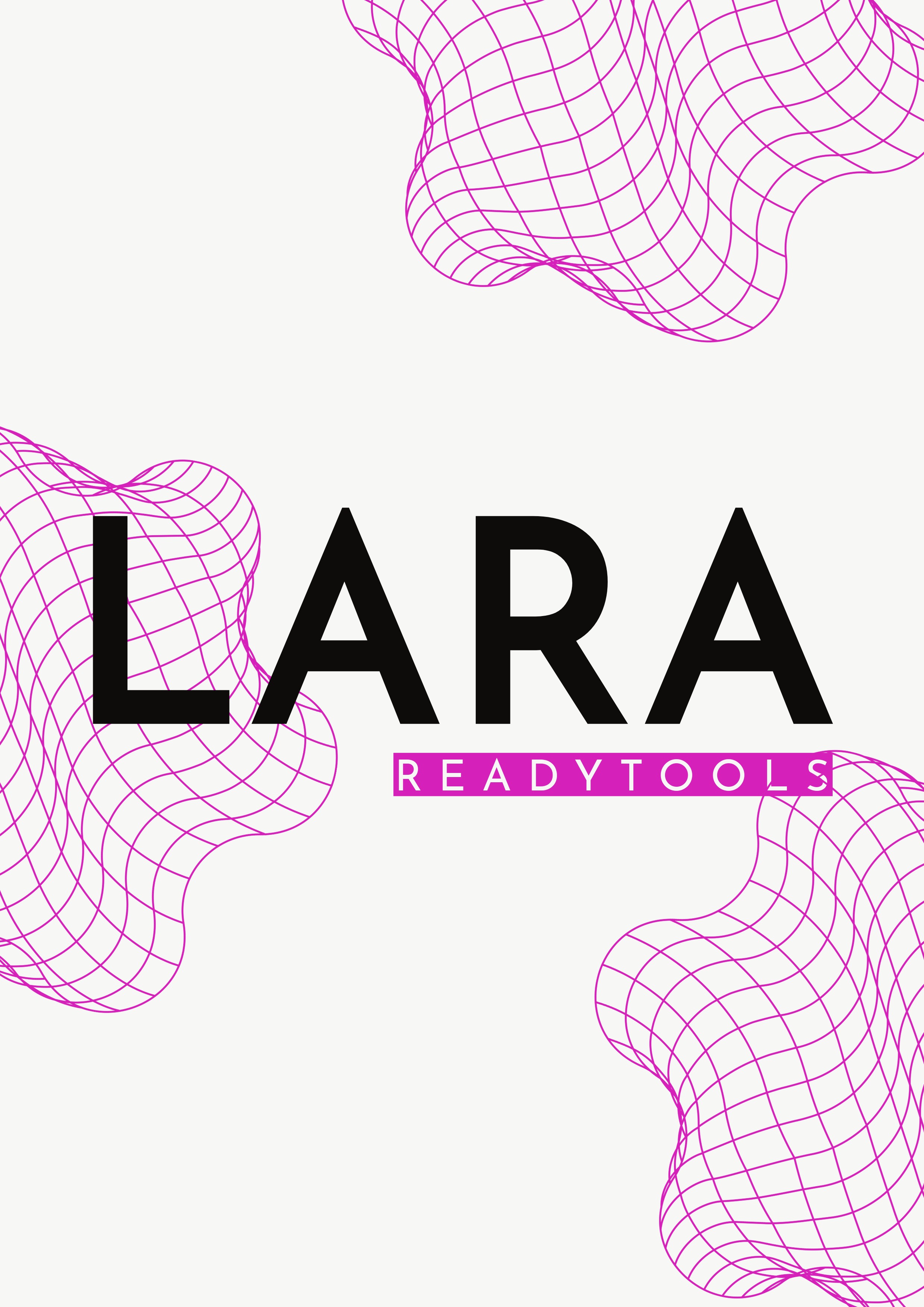Power Set
The power set of a set contains all its subsets, including the empty set and itself. If A is a set, its power set is denoted by 𝒫(A).
Examples
Let A = {1,2}. Then the subsets are:
- ∅ (empty set)
- {1}
- {2}
- {1,2}
Thus, the power set: 𝒫(A) = { ∅, {1}, {2}, {1,2} }.
In general, if |A| = n, then the number of elements in the power set is 2^n. This is because each element either appears in a subset or not.
Properties
- Every power set contains the empty set and itself.
- |𝒫(A)| = 2^|A|, where |A| is the number of elements in A.
- If A is a subset of B, then 𝒫(A) is a subset of 𝒫(B).
Everyday Example
If you have two shirts in a closet (red and blue), the possible 'shirt choices' are subsets: wear nothing, only the red, only the blue, or both. These together form the power set.
Summary
The power set helps organize what combinations are possible from the elements of a given set. This concept is key in combinatorics and computer science (e.g., examining all possible states).
Practice Exercise
We have reviewed and checked the materials, but errors may still occur. The content is provided for educational purposes only, so use it at your own responsibility and verify with other sources if needed.
✨ Ask Lara — your AI study partner
Unlock personalized learning support. Lara can explain lessons, summarize topics, and answer your study questions — available from the Go plan and above.
Lara helps you learn faster — exclusive to ReadyTools Go, Plus, and Max members.


